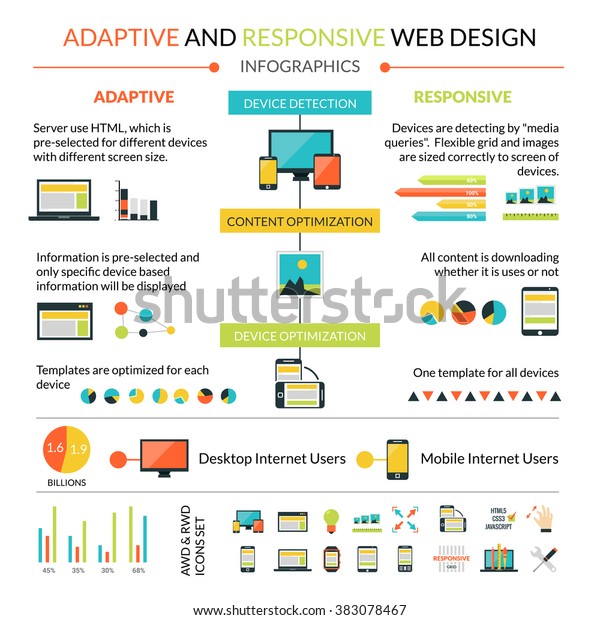Internet Site Style Essentials: Tips For Structure A User-Friendly Website
Internet Site Style Essentials: Tips For Structure A User-Friendly Website
Blog Article
Content By-Scarborough Bak
When it involves web site design, making certain user-friendliness is key. From receptive layout to structured navigation, every element plays a critical duty in creating a site that accommodates your target market's requirements. Yet what regarding web copywriting that can make or damage an individual's browsing experience? Keep tuned as we reveal some often-overlooked ideas that can boost your site's usability to the next level, making it really stand apart in the digital landscape.
Significance of Responsive Layout
Receptive layout is a vital facet of contemporary internet site growth. Ensuring your internet site is responsive means that it can adjust to different screen sizes and tools, providing a smooth experience for customers.
With the boosting use mobile phones and tablet computers to access the web, having a responsive style is important for reaching a broader target market. It aids in boosting user experience by making your website easy to browse and keep reading any type of gadget.
Additionally, receptive style can positively affect your internet search engine rankings, as search engines like Google focus on mobile-friendly internet sites. By having a receptive design, you're also future-proofing your web site, as new devices with varying screen sizes continue to arise.
Simplify Navigating Structure
To boost customer experience and facilitate very easy access to information on your internet site, enhancing the navigating framework is vital. When designing your website, focus on developing a clear and intuitive navigation food selection that helps visitors locate what they're looking for swiftly.
Limit the number of food selection items to the fundamentals, organizing relevant web pages with each other to stay clear of frustrating individuals. Usage descriptive labels that plainly show the content of each web page, making it much easier for individuals to comprehend where each web link will take them.
Consider executing dropdown menus for subcategories to avoid littering the major navigating bar. Additionally, include a search bar prominently on the page for individuals that favor looking for certain info.
best seo marketing in your navigating layout to ensure very easy accessibility on all tools.
Optimize Page Lots Rate
Improving page load speed is vital for retaining visitors on your web site. Slow-loading pages frustrate customers and can result in high bounce prices. To optimize page load rate, start by enhancing photos. Compress photos without jeopardizing high quality to lower their file sizes.
Additionally, enable web browser caching to store regularly accessed resources in your area, speeding up load times for returning visitors. Minify CSS, JavaScript, and HTML data by getting rid of unneeded characters, remarks, and format, improving tons speed.
Consider making https://www.nagalandpost.com/index.php/creative-b2b-digital-marketing-strategies-for-todays-business/ of a material delivery network (CDN) to disperse your website's material across multiple web servers worldwide, minimizing latency for individuals accessing your website from different locations. Last but not least, restrict making use of third-party scripts and plugins, as they can dramatically influence load times.
Final thought
Finally, by including responsive design, simplifying navigating, and maximizing page load speed, you can create an easy to use site that attract a wider audience and enhances user experience. These essential elements guarantee that site visitors can easily accessibility and browse your site across various tools, resulting in boosted engagement and satisfaction. By concentrating on these key elements, you can build an effective web site that keeps individuals returning for even more.
